
Filmmaking Insights: The Hidden Power of Director’s Commentary
From camera selection to personal relationships behind the scenes, discover what you can learn from a director’s commentary.
On directing, the great Stanley Kubrick once famously stated: “I do not always know what I want, but I do know what I don’t want.” Which I personally believe to be a roundabout way of Kubrick acknowledging that he’s an egotistical bighead and notoriously hard to work with.
From covering film and video for many years, as well as working on numerous projects on my own, I can say (with near certainty) that the best directors are absolute perfectionists. And, Stanley Kubrick aside, this is usually a good trait to have for the role. A director has to juggle a huge amount of responsibility. And, at the end of the day, it’s the director that gets either the credit or the blame for a project’s ultimate success and/or failure.
For those who aspire to direct films of their own, one way to really gleam insights into the art of directing is by watching a director’s commentary track on some of your favorite cinema classics.
There’s nothing more enlightening or motivating than getting a peek into the minds of some of the most famous directors. But, if you listen closely, it can also be one of the most educational ways you can learn about the tangible elements of the art of direction.
Camera and Medium Decisions
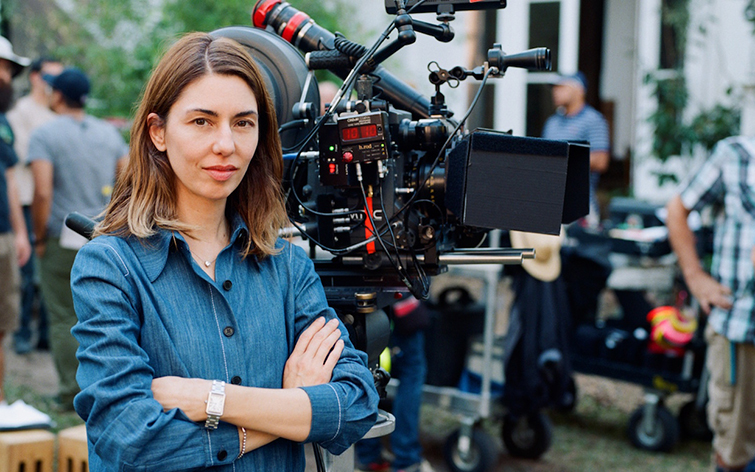
Sofia Coppola on the set of The Beguiled via Focus Features.
For any aspiring filmmaker, finding out information about what camera was used and why can be of great interest. Yes, a camera doesn’t make the story. But, if you’re serious about working on projects on your own, knowing which cameras, lenses, and even formats you’d like to shoot in is a huge part of the process.
And, when you listen to directors’ commentaries, you’ll often hear just how fanatical they can be about their camera, lens, and filming choices. If you aren’t an astute student of shooting on film, it can also be a great way to learn some hands-on insights into how analogue filmmakers make decisions. In today’s industry, you might not be lucky enough to be a part of projects that shoot on film, the way many of your favorite classic films probably did.
How They Achieved Their Vision
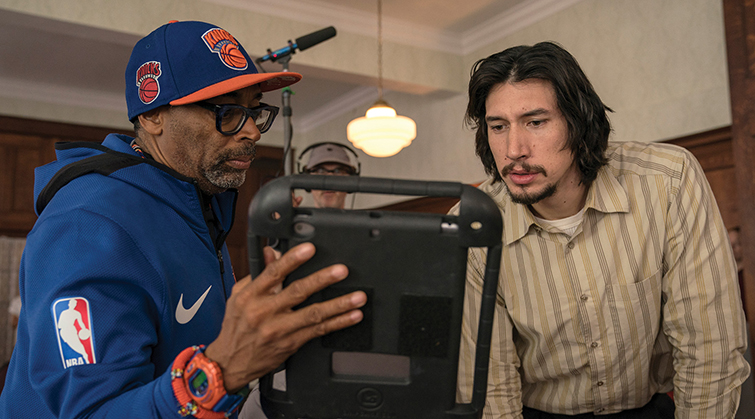
Spike Lee with Adam Driver on the set of BlacKkKlansman via Focus Features.
As mentioned above, the director holds the ultimate responsibility for a film. When you listen to them talk, you not only hear their confidence in themselves, but also their confidence and connection to their vision. This is doubly true for auteurs — writers/directors who have seen a project through from script to screen.
You can hear how a director’s job extends much further beyond just the days on set. If you can find a good director’s commentary, you can get some insights into just what the director was doing in the early stages of storyboarding. And, how they ran meetings with the heads of different departments to bring their vision to life, well before the cameras even began to roll.
The Relationship Between Director and DP
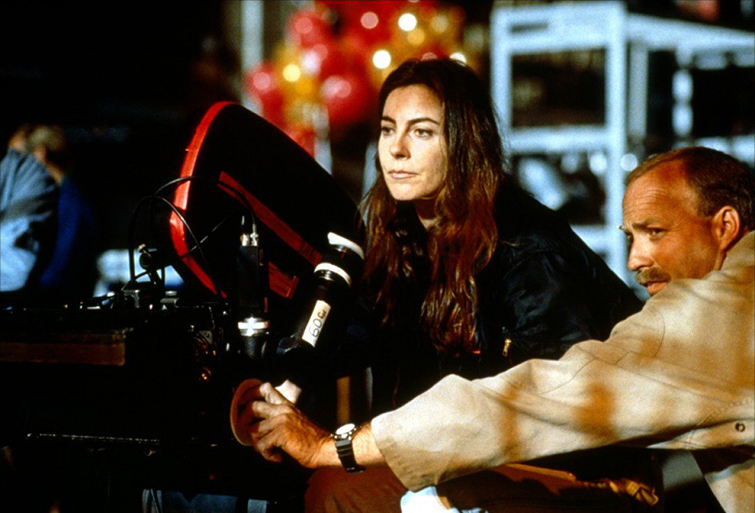
Kathryn Bigelow on the set of Strange Days via 20th Century Fox.
One of the most consistent elements from a director’s commentary I’ve heard time and time again are the mentions of the tight relationship directors often have with their Director of Photography (DP). There are rare cases where a director will serve as their own DP. The majority of the time a director and DP relationship is an absolute marriage.
The DP works with the director from the very beginning. Every shot, every light, every moment has probably been discussed in-depth between the two. In the commentary, you can often hear how this might lead to squabbles at times. But, ultimately, a director will always speak very intimately about their partnership.
Directing Actors’ Performances
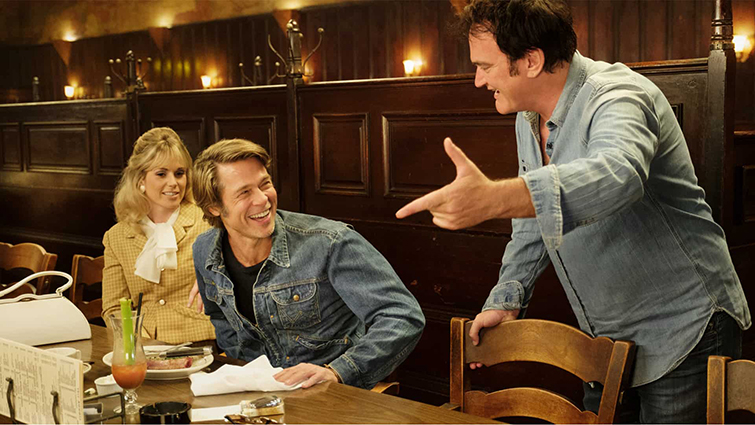
Quentin Tarantino with Margot Robbie and Brad Pitt on the set of Once Upon a Time in Hollywood via Sony Pictures.
Another aspect of directing you don’t hear enough about is the director’s relationship with the lead (and even minor) actors in the film. You can read a lot about directing online, in books, and learn about it in Master Classes and YouTube videos, but a huge part of the director’s job — often overlooked — is their direction of actors.
In the commentary, you can learn a small trick or two from aside comments a director might make about how they were able to get a certain emotion, look, or performance from their actor. From the “I told them this was just a rehearsal take” to “we changed the lines last minute for this reason…” anecdotes, you can quickly learn that directing actors can be an ever-evolving challenge and art.
The Insatiable Nature of Directors
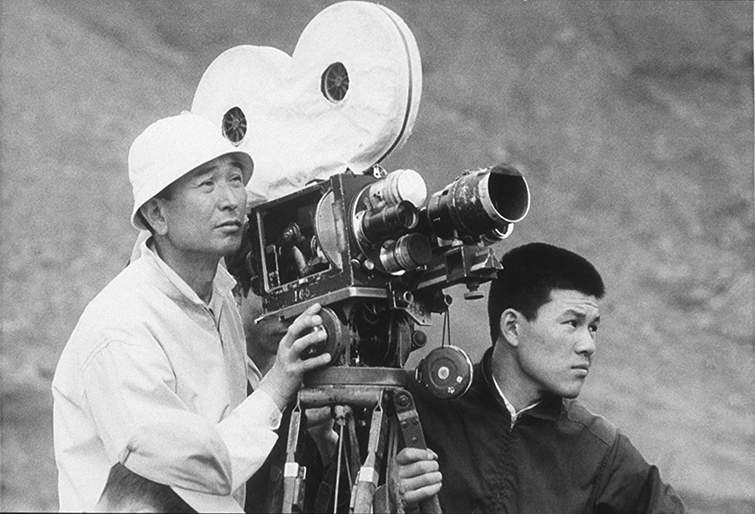
Akira Kurosawa via IMDb.
Hopefully though, from combing through directors’ commentary tracks on some of your favorite films, you’ll be able to pick up the feeling of what it takes to be a great director. By their nature, good directors have an insatiability to them. Even in viewing their most successful and popular films, they’ll very often be unsatisfied with certain shots or angles, or wish they had done something different or better.
While we might finally be moving away from a time when the “director as dictator” mentality was the rule, Kubrick’s obtrusive mindset still remains true. Being a director doesn’t mean you have to know exactly what you want, because that’ll be ultimately unachievable. However, the great directors are able to find a way to negotiate with themselves, partner with others, and bring the best version of their vision to life.
Cover image of Stanley Kubrick on the set of 2001: A Space Odyssey via MGM.
For more filmmaking and directing advice and insights, check out these articles below.
- Directing Challenges: How to Communicate Effectively with Actors
- 5 Filmmaking Tips for Acting and Directing (At the Same Time)
- Directing Fight Cinematography: The Right Way and the Wrong Way
- Interview: Christina Kallas on Writing and Directing Multi-Protagonist Screenplays
- 5 Tips to Ensure a Great DP and Director Relationship






